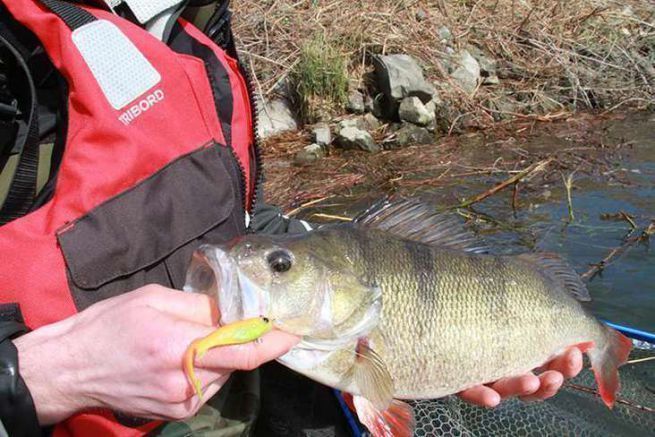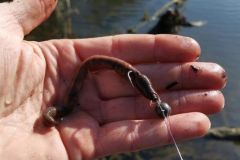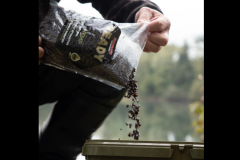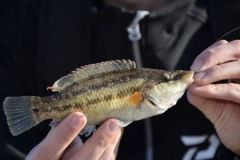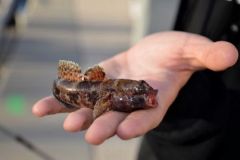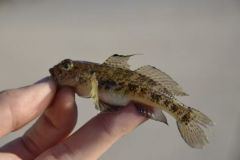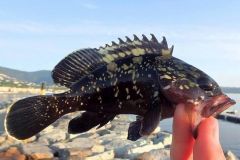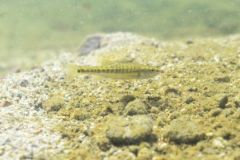Morphology
The perch is easily recognized by its green zebra coat, spiny dorsal fin and humped back. Its pectoral fins are brightly colored, between red and orange. It is a stocky and powerful fish.
Its mouth is equipped with small raspy teeth that are not sharp. This first choice predator is a real battleship, its thick skin is protected by large robust scales. An asset to have a chance to escape from carnivores bigger than her.
This gregarious fish lives in schools, an adult perch measures about 25 cm. Some record-breaking individuals can exceed 50 cm and weigh more than 4 kg!
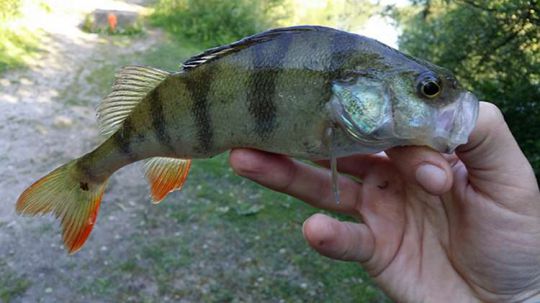
An amazing capacity of adaptation
The common perch is the smallest of the freshwater carnivores. This species is extremely well established in France. It can be found in second category as well as in first category with trout and even in brackish water!
It is a voracious and opportunistic predator that can feed on worms, larvae, crustaceans, insects, crayfish and small fish such as roach, bleak... The perch has a fabulous capacity of adaptation. In environments poor in food, it can even become cannibal!
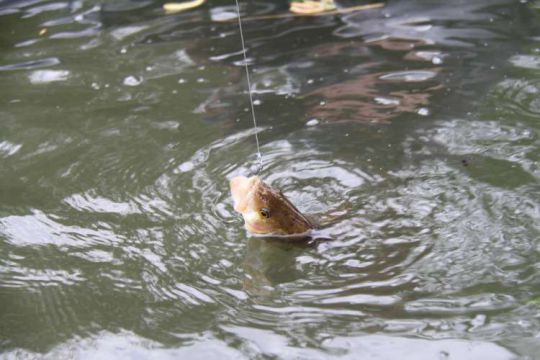
Fishing techniques
It is the most playful species for sport fishing. You can catch a perch by fishing with a lure or by fishing with a livebait. The varied diet of this opportunistic predator gives the angler a wide choice. It is important to keep in mind that it is a gregarious fish, when you find one there is a strong chance to catch others in the same place!
The forgotten regulation
At the national level, there is no mesh size and the species does not benefit from any closed season. It is possible to catch it all year round! Locally, it happens that some federations and associations take measures to protect this fabulous sport fish. Even today, it is a fish that some people wrongly consider as harmful.
